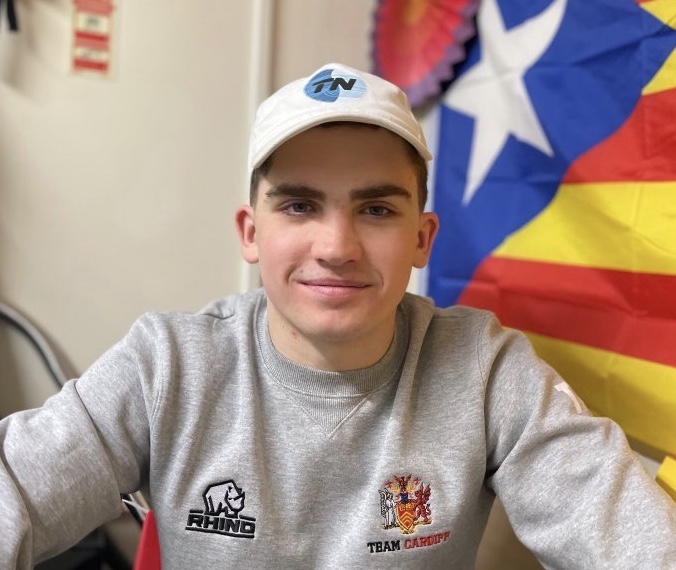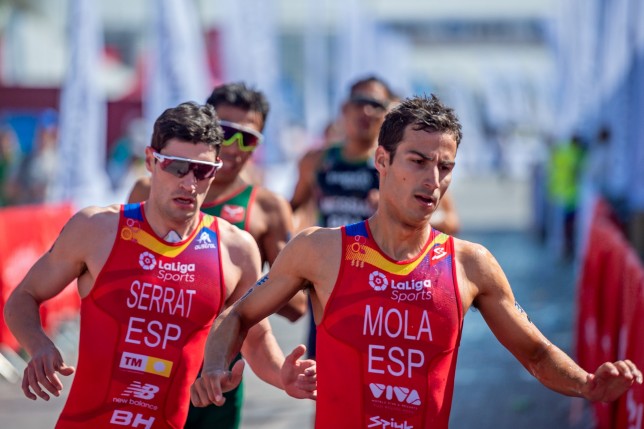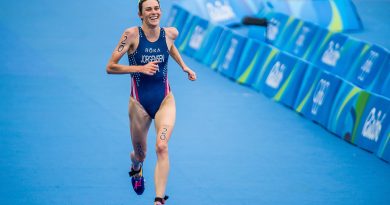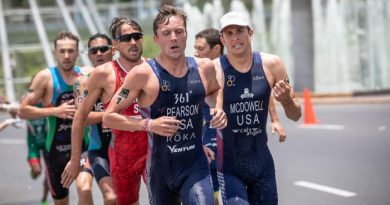Summer of Malmo Philosophy
The Next Race?
With the racing season looking very likely to be completely over for triathletes in 2020, it’s time to look forward to what may be the next best opportunity to race. The cross-country season is a slight hit or miss amongst triathletes, with many despising the energy sapping mud common on courses across the UK. However, with almost four months until the start of the season, it may be the goal many triathletes need to get their training back on track – and who knows, it may result in a fitter and faster athlete come the start of the triathlon season in 2021.
Whilst running may not be everyone’s favourite discipline, with pools closed and open water swimming not possible for everyone, now is a great time to work on the single sport that ultimately is the deciding factor in who wins a race at most levels of the sport. It’s no coincidence that arguably the best runner in the sport, Mario Mola is a three-time ITU World Champion whilst the best swimmers in the sport Richard Varga and Henri Schoeman, or the best cyclists in the sport Marten Van Riel, Ben Kanute or any of the Norwegians have zero ITU world titles combined.
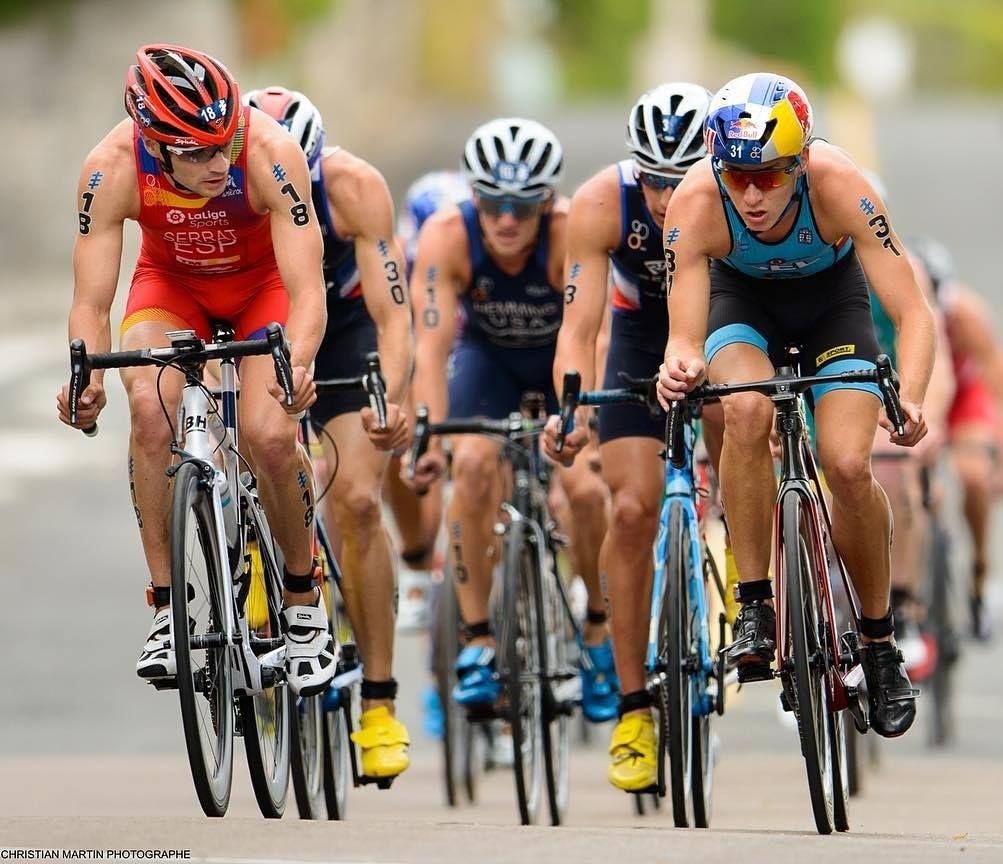
Summer of Malmo
The focus of this article is to explain a little-known program called the “SOM” or “Summer of Malmo”. The program was devised by US steeplechaser George Malley, who earned the nickname “Malmo” when he defeated Olympic Swedish steeplechase star Dan Glans in a 1978 showdown in the hometown of Dan Glans’, Malmo (Sweden).
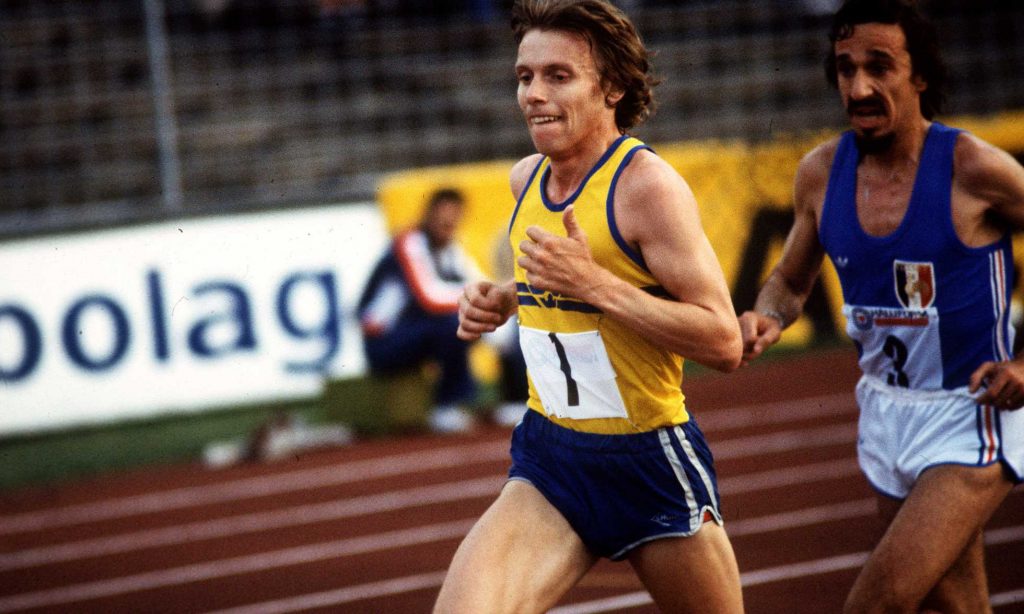
Malley describes the approach as more of a build up to the real stuff or “in-between season training” that attempts to narrow the divide between the people who spend the summer either training too little and underperforming over XC or the people who over train during the summer and burnout mid-way through the season. Malley would prescribe this training plan “for everyone who isn’t reaching their potential”, and as athlete’s there is nothing more frustrating than underperforming.
The main goals of the program are:
1) To increase weekly mileage.
2) To run doubles (Running twice a day)
Because the nature of the program is high volume, there are only two workouts a week given. One is a staple workout for most endurance athletes, a tempo run between 4 – 6 miles and the other is a track/road interval session. Instead of overloading the body with two interval sessions a week, Malley cleverly spreads the intensity dosage over a two-week period by alternating between speed workouts and endurance workouts on a weekly basis.
The reason behind the fortnightly speed session of reps ranging between 150m to 300m in sets of 16-24 boils down to “Malmo’s” belief that “the only way to run fast, is to run fast”. The speed workouts are designed to train the neuromuscular system and allow you to have that kick required to change gears over the last 200m of a race. The second session is an endurance workout involving repetitions between 1200m – 1600m in sets of 4 – 6.
Whilst the program may seem like a quite dramatic increase in your usual training load, Malley’s last piece of advice is perhaps his most valuable. “Run easy, don’t try and impress anyone” because “The real work doesn’t get started until September”, in other words – stop smashing your’ easy runs to look good on Strava.
Examples of SOM Implementation
Before SOM:
Monday – 5-mile easy run.
Tuesday – Track Workout (6 miles)
Wednesday – 5-mile run.
Thursday – Tempo Run (6 miles)
Friday – Rest.
Saturday – Grass Workout (6 miles)
Sunday – Long Run (8 miles)
Total Mileage – 36 miles
*Gym/Swim/Bike Training not included.
After SOM (Week 1 of Week 2):
Monday – 6-mile easy run.
Tuesday – 3-mile easy AM run + Track Workout of 4 x 1 mile (6 miles)
Wednesday – 6-mile easy run.
Thursday – Off.
Friday – 3-mile easy AM + Tempo Run (6 miles)
Saturday – 8 miles easy.
Sunday – Long Run (10 miles)
Total Mileage – 48 miles
As shown above, by simply adding 1-2 miles to your easy and long runs in addition to including a double run day on session days, an athlete’s weekly mileage has increased by one third. If an athlete follows the 10 percent rule, the increased mileage can be reached in just three weeks whilst an athlete with a more experienced running background could increase week on week by 15 percent and reach the new volume in two weeks’ time.
As always, it is important to listen to your body when experimenting with new training techniques but by using common sense and adhering to the principles laid out by the above philosophy, mediocrity and stagnation in your running can be forever avoided.
